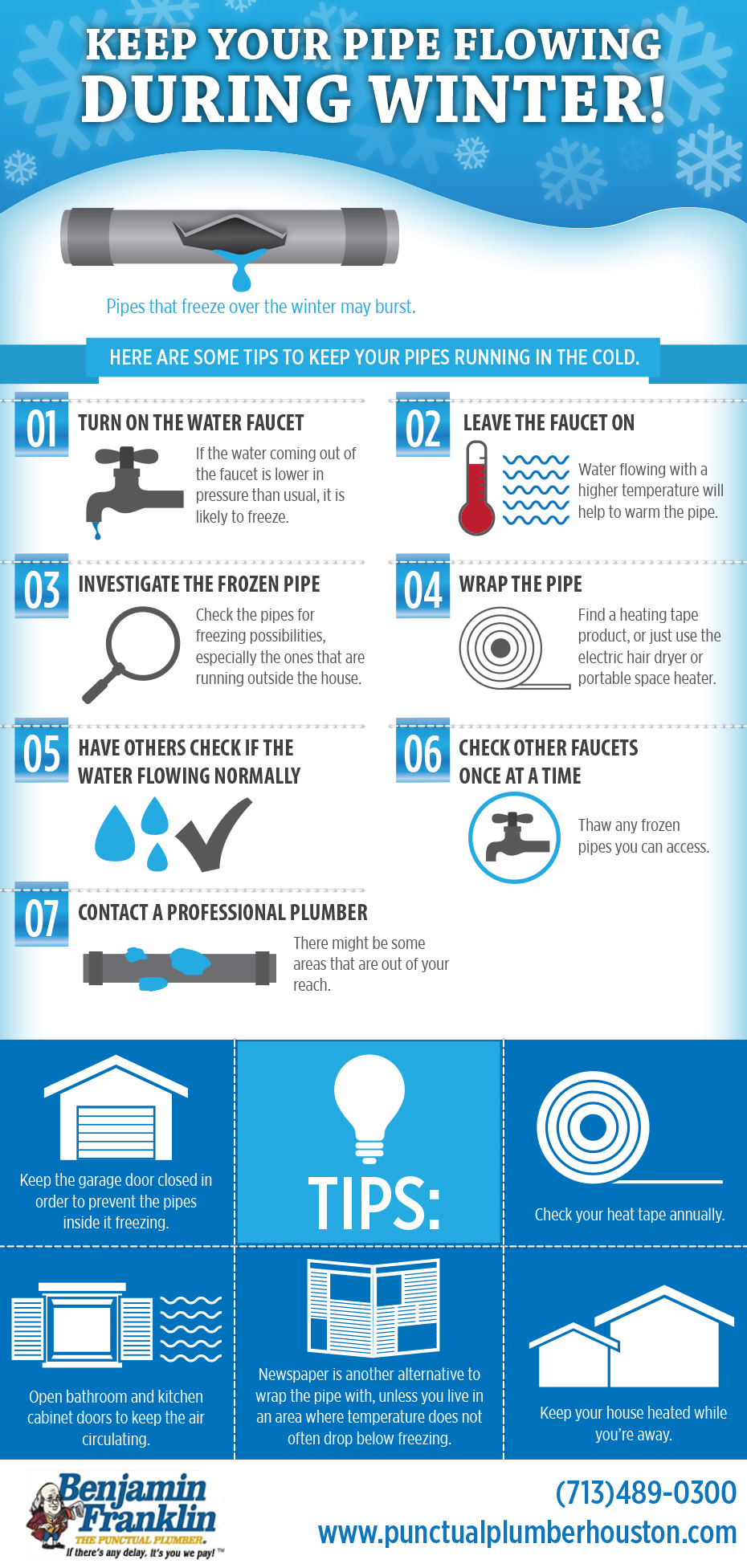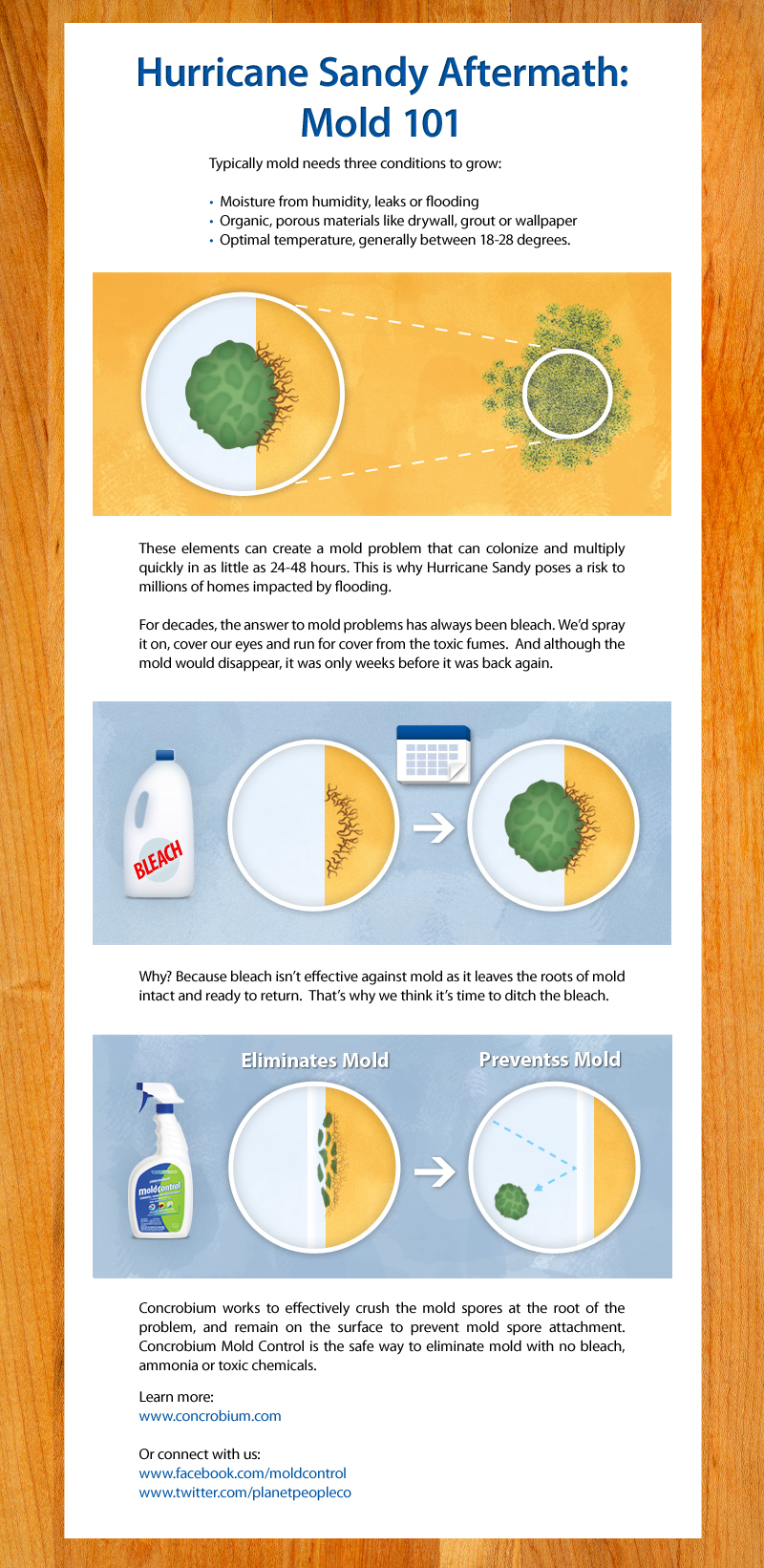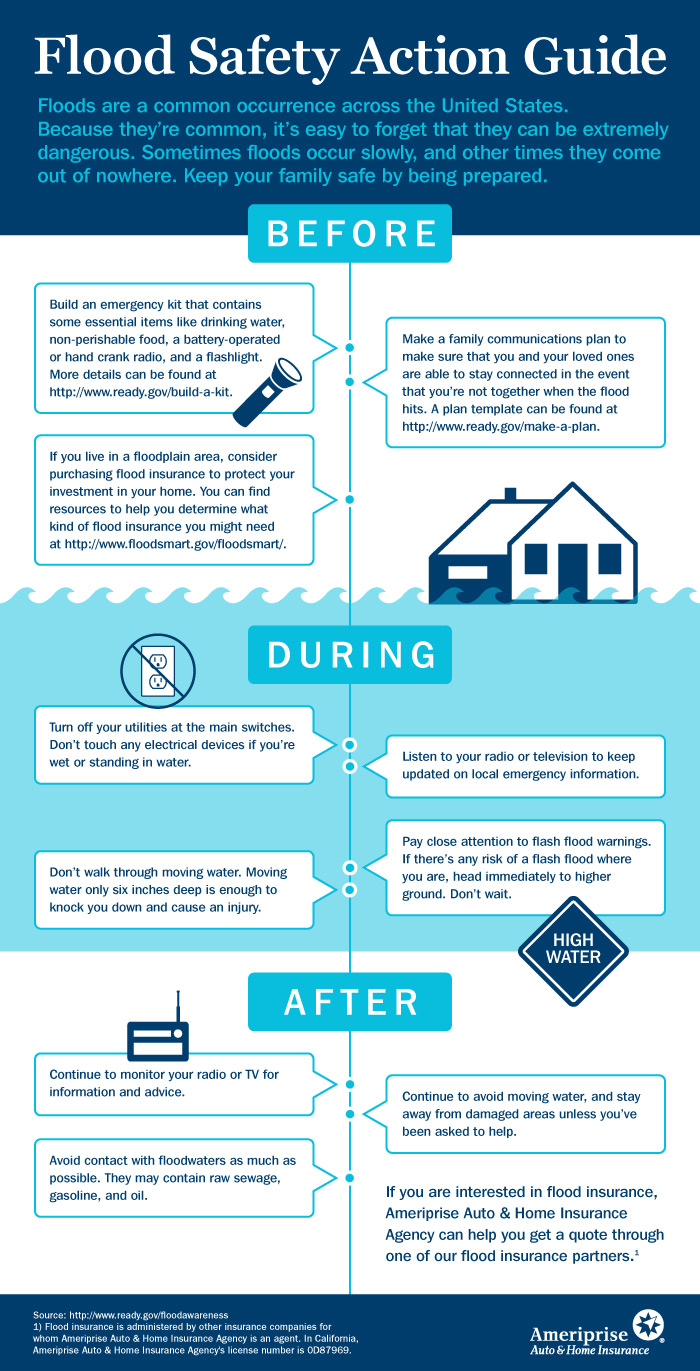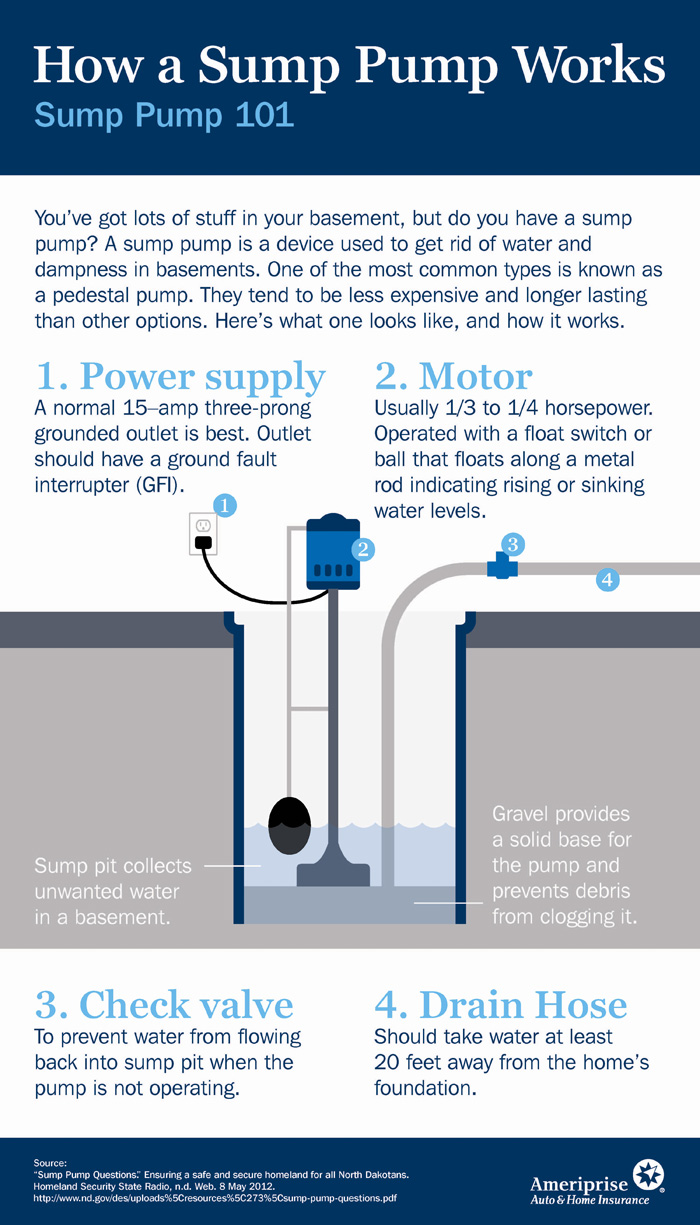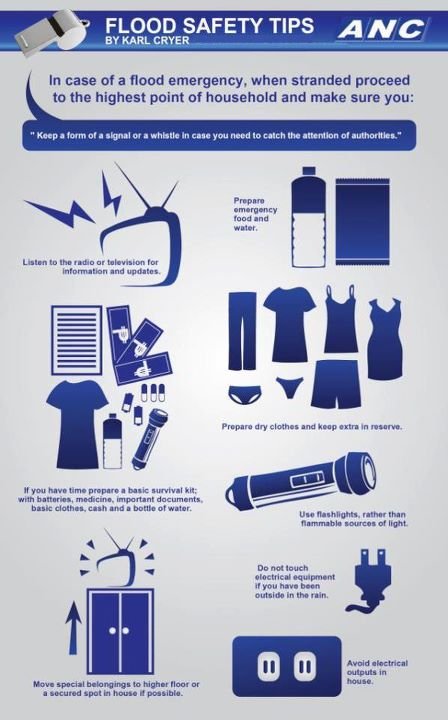ACS Building Services knows that flooding happens. Whether by natural disaster or manmade causes, the end result is often heartache, headache and an empty wallet. Mold begins to form after only 24 hours, and months of cleanup, financial burden, and negotiations with insurance companies usually follow. Luckily, My Alarm Center has developed this infographic to help you understand, and prepare for, the dangers of natural and manmade flooding. Read on to learn more, and don’t hesitate to call ACS with any of your flood-related needs. Source
No More Ice Dams: Tips for Prevention
Ice dams are thick ridges of solid ice that build along the eaves (bottom edges) of your roof. These dams can tear down gutters, loosen shingles, and cause water to back up and pour into your home. When this occurs, paint begins to peel, floors become warped and ceilings stain or even begin to sag. Moreover, ice dams create soggy insulation in the attic, which eats into resale value and becomes a breeding ground for mildew and mold.
View the short presentation below, courtesy of Mike Otto owner and CEO of Fair & Square Remodeling, to learn more about how ice dams form, how you can prevent them from forming and how to quickly fix them if they’ve already formed. Source
Infographic: How to Prevent Frozen Pipes this Winter
Frigid temperatures are hitting the East Coast hard this year, so ACS Building Services wants to help educate homeowners on how to prevent bursting pipes. This month’s infographic, courtesy of Benjamin Franklin Plumbing in Houston, gives us a few quick tips on how we can get proactive and prevent frozen pipes from causing some serious damage this winter. Original Source
[Infographic] Flooded Cars on the Road in 2013
Did you know that there are over 210,000 cars on the road today in the US that have reported flood damage? This month’s infographic, courtesy of CARFAX, offers some interesting facts along with tips to help you avoid cars with water damage.
Tips to spot a flooded car:
- Check hardware for silt, mud or rust
- Look for loosely-fitting and discolored upholstery
- Make sure all lights are working
- Check for warning lights to make sure ABS and airbag lights turn on
- Smell for a musty odor
- Flex wires beneath dashboard to see if they’re brittle
- Get an inspection from a trusted mechanic
- Check for flood damage for FREE at flood.carfax.com
What to do During a Flood Warning [INFOGRAPHIC]
This month’s infographic, courtesy of Ecclesiastical Insurance, illustrates what to do before, after and during a flood. Source
[INFOGRAPHIC] Dealing with Mold after Hurricane Sandy
This month’s infographic teaches us some of the basics about mold and why Bleach may not be effective in treating mold problems. Infographic courtesy of: Concrobium
Flood Safety Action Guide [Infographic]
Today’s flood safety infographic, courtesy of Ameriprise Auto & Home Insurance, illustrates how to protect ourselves before, during and after a flood occurs.
Flood Response [Infographic]
Here’s a flood safety precautions infographic that just may save your life!
Courtesy of the Ondoy Research Group Health and Sciences Program of the Ateneo de Manila University
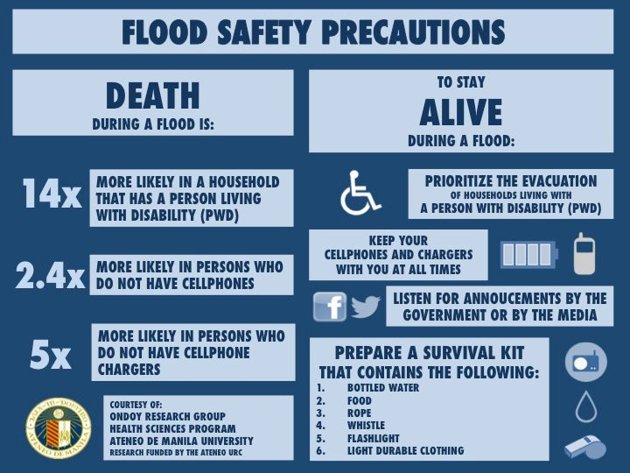
How a Sump Pump Works [INFOGRAPHIC]
According to the American Society of Home Inspectors, more than 60 percent of American homes suffer from below-ground wetness [source: Basement Systems]. But even more homeowners are likely to have to deal with a flooded basement at some point. It doesn’t take much water to cause thousands of dollars of damage. A moist basement can also lead to mold and mildew growth, bringing with it all its related health and breathing hazards. Source: http://home.howstuffworks.com/home-improvement/plumbing/sump-pump.htm
A sump pump can help protect your investment and personal property from water damage. Learn how it works below.Sump Pump Logistics – Here’s the Basics
Infographic by Ameriprise Auto & Home Insurance
Flood Safety Tips [INFOGRAPHIC]
Here are some safety tips to prepare for rising water—
and what to do once a flood has begun.
Infographic design by Karl Cryer for ANC
Source: ph.she.yahoo.com via Carrie on Pinterest


